Written by Brendan Pollecutt, Photos by J.R. Hebert
Back in the 80’s, somewhere in a New Jersey basement, Torsten Zorn stood alongside his father, Tilman, building remote-control cars and airplanes late into the night. Now, some thirty years later, he has built the ultimate remote-control car, and is about to send it to another planet. Perseverance Rover will land at the Jezero Crater on Mars on February 18, 2021. The rover will join its gutsy older brother, Curiosity, and extend the search for “evidence of ancient habitability.” As lead flight systems engineer, Zorn has played a key role and will continue to do so once it touches down. “I helped design, develop, and test what is called the Sample Catching Subsystem,” he tells me. “It’s the newest and most risky part of the rover, from a robotic standpoint.” Its primary purpose is to obtain and store Martian rock cores for retrieval by a follow-on mission.

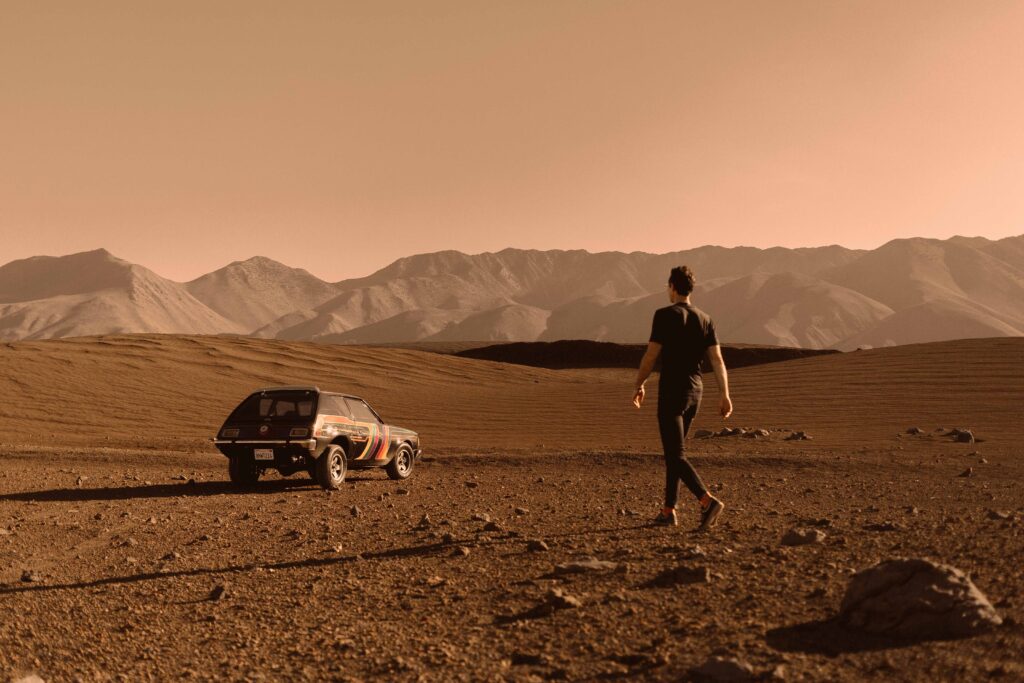
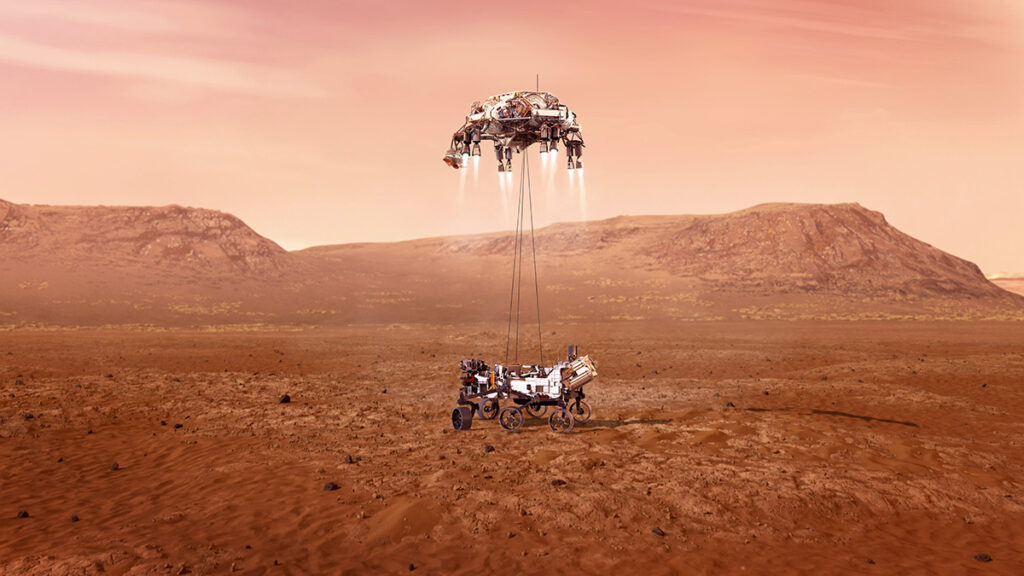

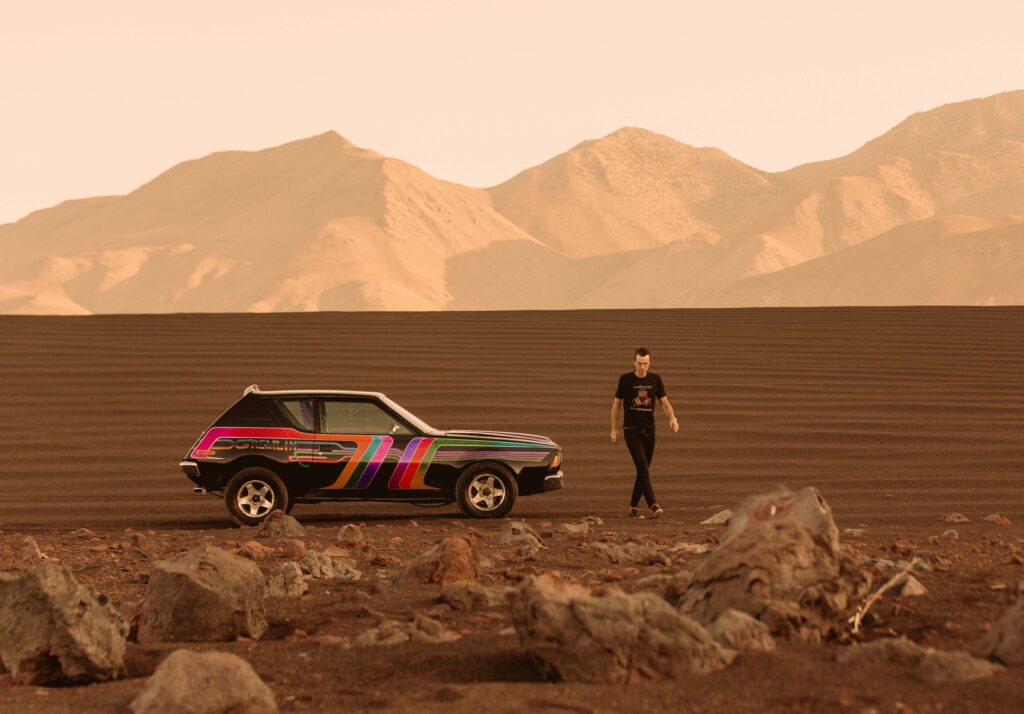

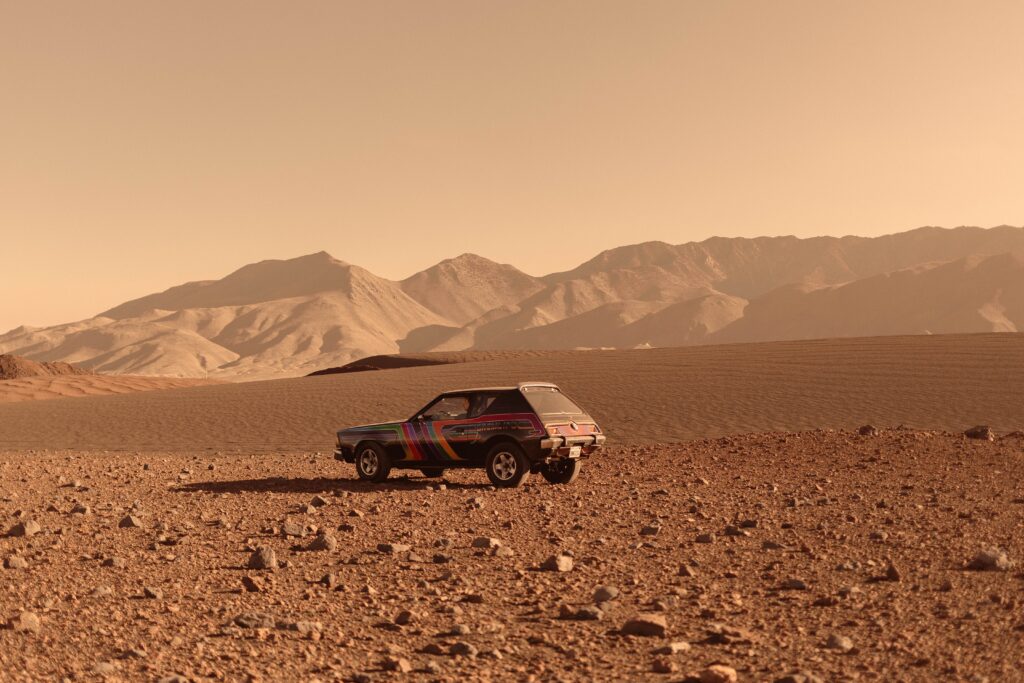
[Editor’s note: we are excited to announce our next Petersen Museum exhibit – ADV:Overland, Off-Road to Off-World – is all systems GO and opening July 2021. Torsten Zorn is one of the many amazing partners and supporters of this exhibit: exactly how Torsten is supporting ADV:Overland will be revealed soon!]

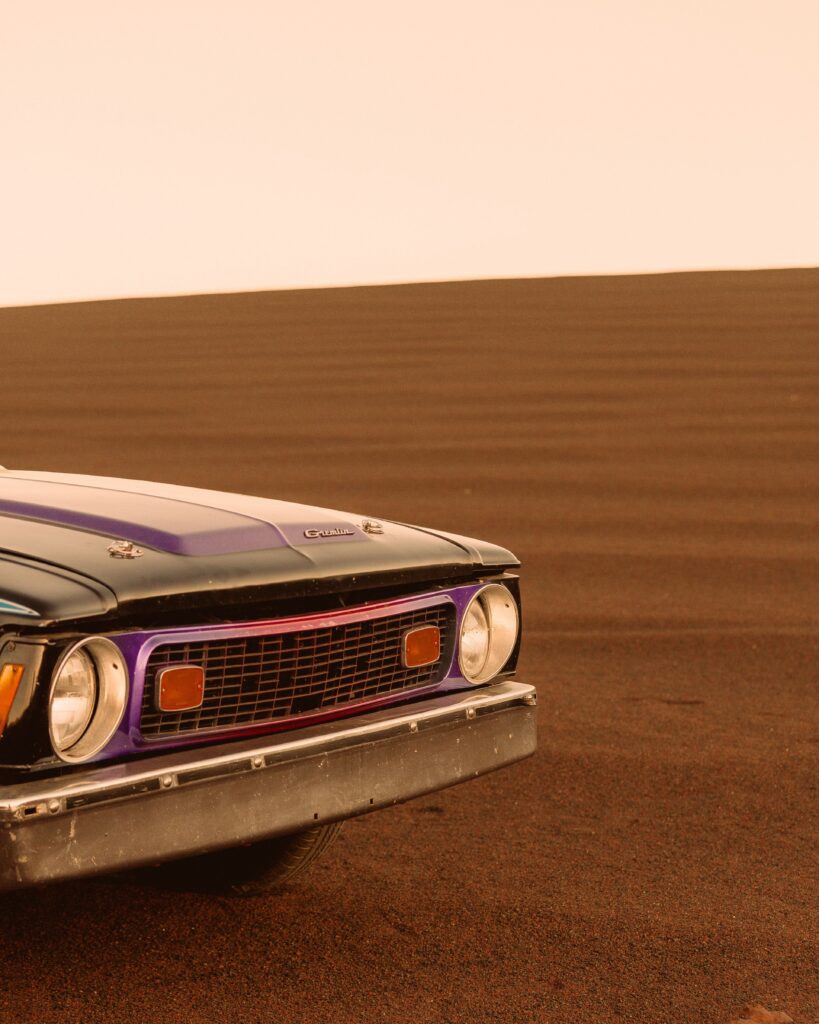


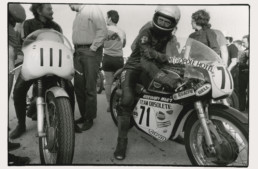
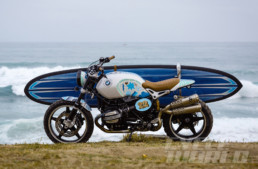
Not a whole lot to do with M/C’s and nothing concerning vintage bikes … but … its a good story … and ( urp ) gotta admit the Gremlin is kind of cool as well . One of those cars thats so ugly its almost good looking ( jolie laide as the French would say ) and one of my very guilty pleasures from the past .
And heck … strip em out ( the Gremlin ) brace the frame ( or replace it with a tubular frame ) .. put a full roll cage in … stuff a S/C Hemi ( a REAL one … not the now two decades old M-B motor masquerading as a Hemi ) in its snout … and a set of wheelie bars on its tail … and you got yerself one madcap literally insane AA/GS drag car . Run nitro in the tank and it becomes a AA/FA death trap waiting to end your existence should you blink for even an instant
😎
Gird thyself, one might even see *cars* appearing in these pages. Yes, the Gremlin is cool and properly vintage, but the bigger story is ADV:Overland, our next Petersen Museum exhibit, that will blow out the doors…
Cars , motorcycles , bicycles ( especially bicycles ) trains etc . If its got gears I’s more than likely into to to one extent or another
😎
FYI good sir .. I was ‘overlanding ‘ back in the 60’s before the term was ever conceived . A VW Beetle Bus ( of one kind or another ) and a BMW R100GS were my overlanders of choice ( with a short interlude with a M-B G-Wagon two door on loan .. wish I could of brought that one back and kept it ).. so though I’ll no doubt enjoy the new Peterson exhibit .. I doubt it’ll blow me away .. or even blow a stiff breeze up my shorts ( LoL )
And yes … I subscribe to Overland Journal .. have since day one .
😎